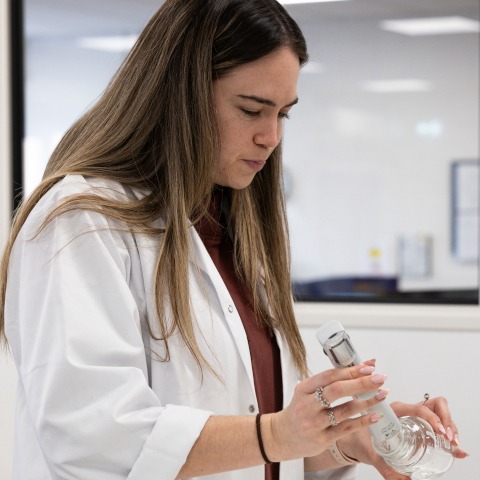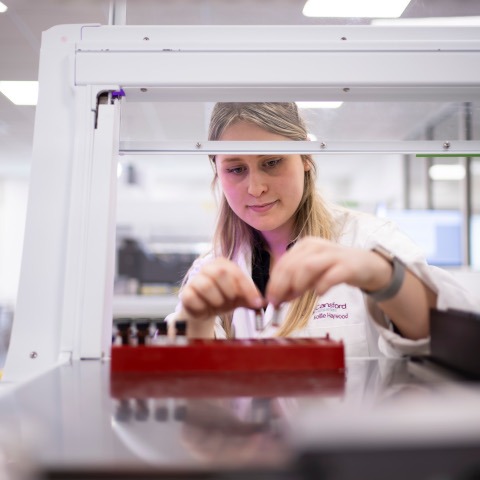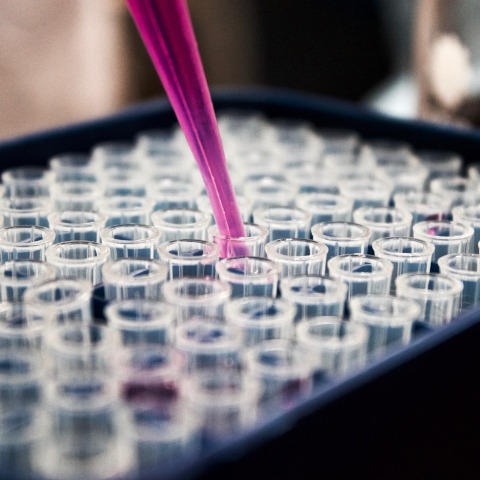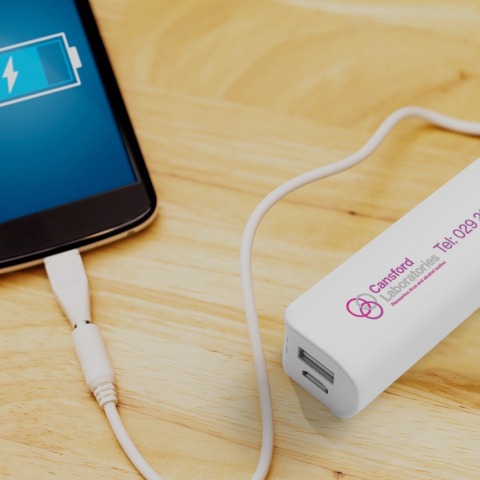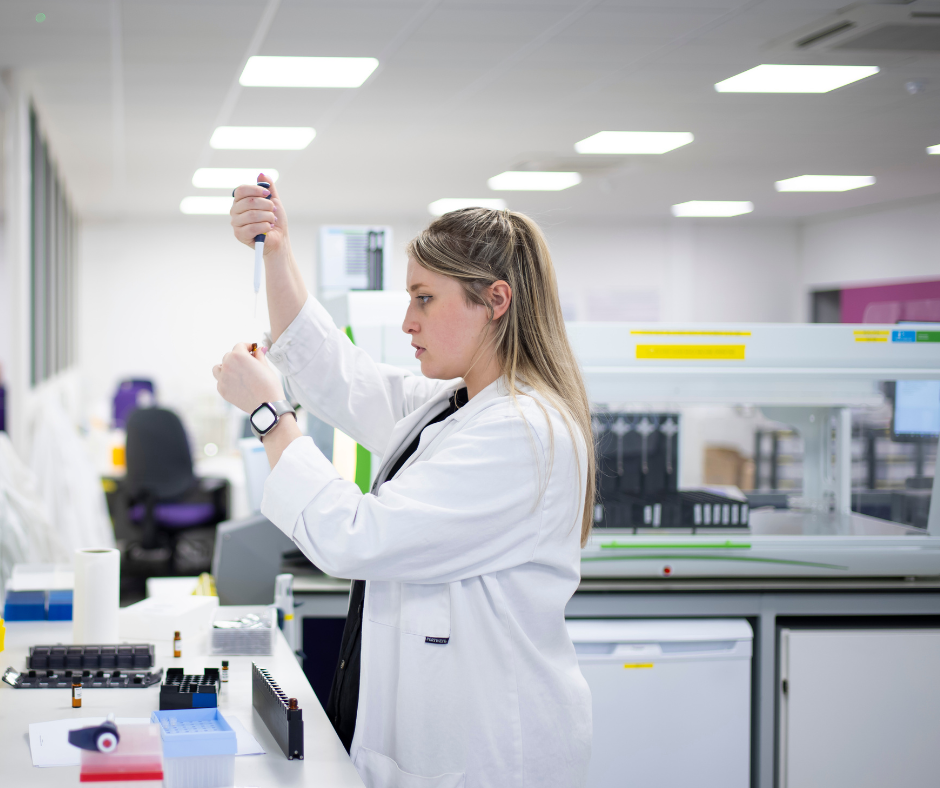
Cansford Laboratories has launched a new test to further serve communities needing to assess historical and very recent alcohol consumption.
The new test offers analysis of an additional blood marker – Ethyl glucuronide (EtG), which can be collected in the same dry blood spot (DBS) as Cansford’s well established PEth (phosphatidylethanol) test.
This dual DBS test is offered at no extra cost and allows Cansford to provide clients with important insight into both recent and longer-term alcohol use.
PEth testing is widely used by family law practitioners and other professionals involved in child protection as an important tool to detect alcohol consumption.
PEth is only present in the body when alcohol is consumed and provides accurate assessment of an individual’s alcohol use over recent weeks – up to 28 days – making it particularly suitable for monitoring compliance with sobriety requirements.
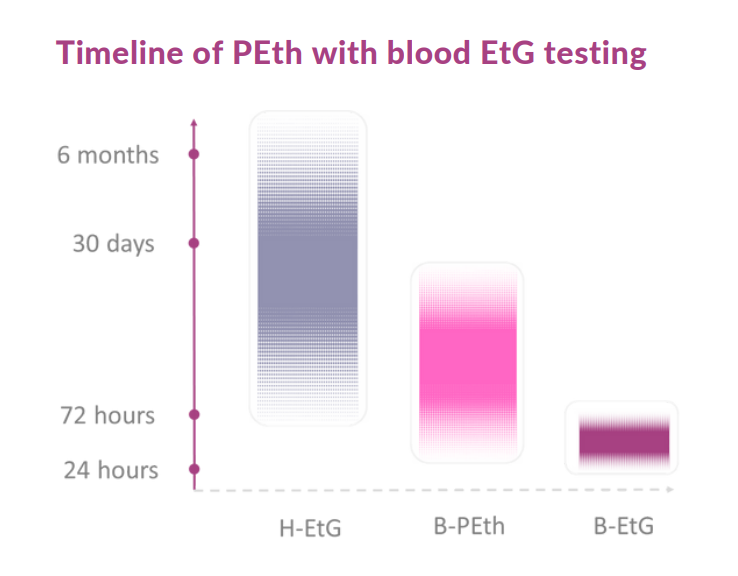
Cansford’s PEth testing requires a dry blood spot to be collected which involves the collection of a small blood sample from a finger prick. It does not require specialist phlebotomy skills or venepuncture, which is helpful for people with needle phobia or poor venous access.
DBS samples are then easy to store and transport once collected, are stable in adverse weather conditions and do not deteriorate quickly in the same way venous blood samples can.
In family law cases, PEth and hair testing are often instructed together to assess alcohol misuse or abstinence – the former covering a 28-day period, the latter up to six months.
This allows the differences to be highlighted, and comparisons to be made between recent and long-term alcohol use.
Until now, neither PEth nor hair testing could provide insight as to what is in an individual’s, shortly before the time of testing. By including the blood EtG marker, Cansford’s test will show Ethylglucuronide (EtG) can be detected in blood approximately 45 minutes after alcohol ingestion, and can still be detected following excessive consumption, up to 80 hours. Its combination with blood PEth is complementary to assess recent drinking.
Says Sian Bevan, Scientific Manager at Cansford Laboratories:
“This is an important breakthrough in alcohol testing. Whilst EtG testing in blood is not a new process, historically it has been taken as a separate venous sample, which was a more invasive process and was taken at an additional cost.
“Through our new test, incorporating blood EtG, we can now provide more immediate and precise information about recent alcohol use as well as historical use, without the need for additional tests.”
